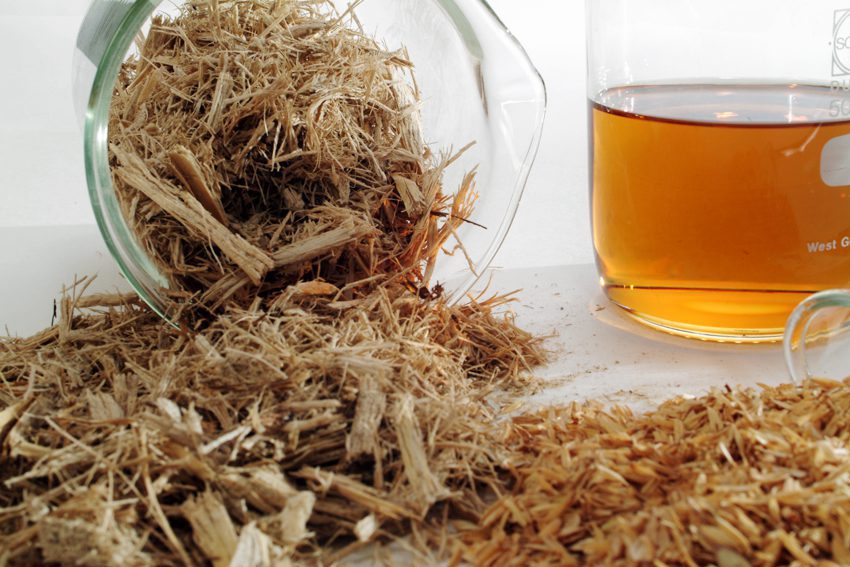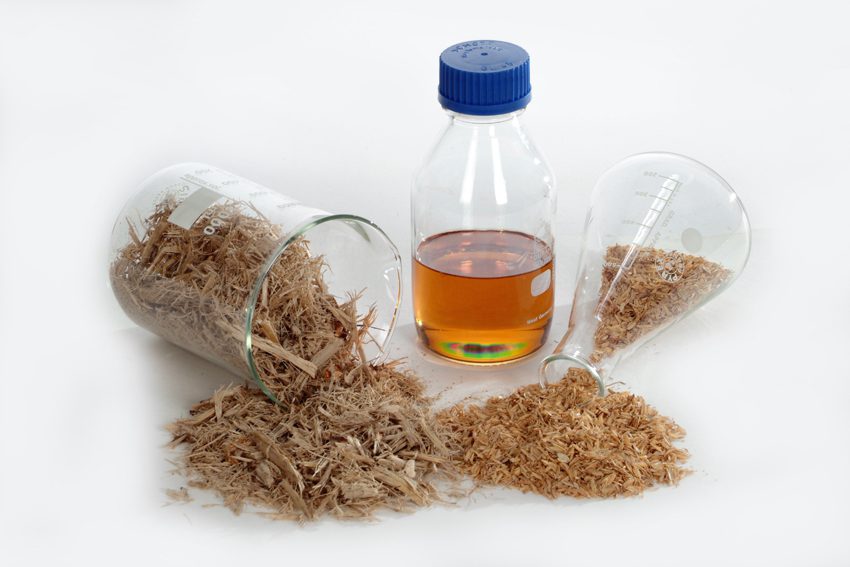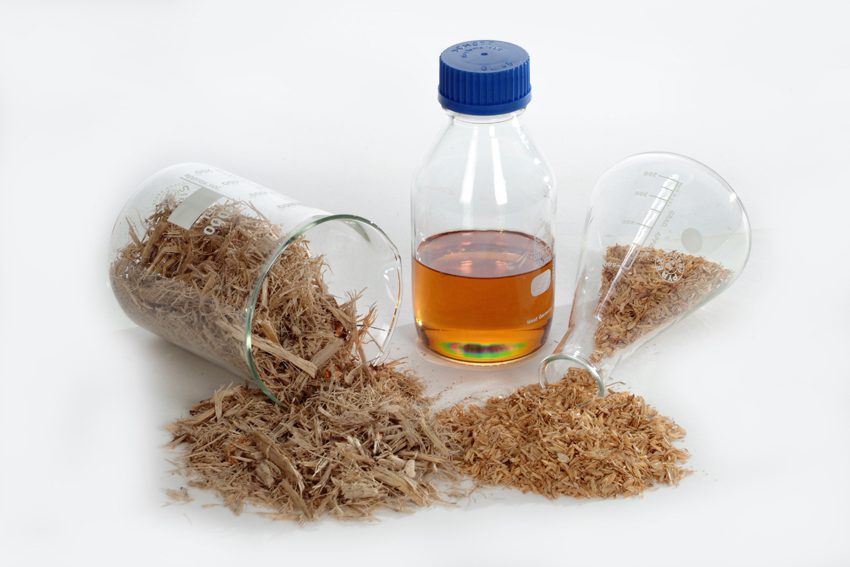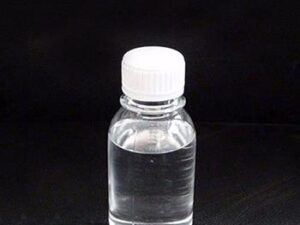Description
Furfural: A Versatile Compound Bridging Agriculture and Industry
Furfural, a heterocyclic aldehyde with the chemical formula C5H4O2, is a fascinating compound with a rich history and a promising future. Derived from agricultural byproducts, it serves as a vital building block for a diverse range of industrial applications, making it a crucial link between agriculture and the chemical industry.
From Waste to Wonder: The Origins of Furfural
Furfural isn’t found freely in nature. Instead, it’s produced through the acid-catalyzed dehydration of pentose sugars, which are abundant in lignocellulosic biomass. This means furfural can be extracted from agricultural leftovers like corn stalks, corncobs, oat hulls, rice husks, sugarcane bagasse, and even wood chips. By utilizing these readily available and often discarded materials, furfural production offers a sustainable and environmentally conscious approach to chemical synthesis.
The process typically involves heating the biomass with a strong mineral acid, such as sulfuric acid, under pressure. This breaks down the complex carbohydrates into simpler sugars, which are then converted into furfural and subsequently separated through distillation.
A Chemical Chameleon: The Versatility of Furfural
The real power of furfural lies in its remarkable versatility. Its unique chemical structure, featuring both an aldehyde group and a furan ring, allows it to participate in a wide array of chemical reactions. This versatility makes it a key ingredient in the production of:
- Solvents: Furfural itself is a solvent, particularly effective for separating saturated and unsaturated hydrocarbons. This makes it valuable in petroleum refining and lubricant manufacturing.
- Polymers: Furfural is a precursor to various polymers, including furan resins. These resins are known for their excellent thermal and chemical resistance, making them suitable for applications like foundry resins, adhesives, and composite materials.
- Pharmaceuticals: Furfural derivatives are used as intermediates in the synthesis of various pharmaceuticals, including antibiotics and antifungal agents.
- Herbicides and Pesticides: Some furfural derivatives find application in the agricultural sector as herbicides and pesticides.
- Biofuels: Researchers are exploring the potential of furfural as a platform chemical for the production of biofuels. By converting furfural into other compounds like furfuryl alcohol and 2-methylfuran, it can be integrated into existing fuel infrastructure.
The Future of Furfural: Sustainability and Innovation
As the world seeks more sustainable and renewable alternatives to petroleum-based chemicals, furfural’s importance continues to grow. Its ability to be produced from renewable resources, coupled with its wide range of applications, positions it as a key player in the bioeconomy.
Ongoing research focuses on:
- Improving production efficiency: Developing more efficient and cost-effective methods for furfural extraction from biomass.
- Expanding applications: Exploring new and innovative uses for furfural and its derivatives in various industries.
- Promoting biorefining: Integrating furfural production into biorefineries, alongside other valuable products derived from biomass.
Conclusion
Furfural stands as a testament to the power of ingenuity and resourcefulness. By transforming agricultural waste into a valuable chemical building block, furfural not only reduces waste but also contributes to a more sustainable and diversified chemical industry. As research and development continue to unlock its full potential, furfural is poised to play an increasingly important role in shaping a more sustainable future. Its journey from agricultural byproduct to versatile industrial compound exemplifies the exciting possibilities that lie at the intersection of agriculture, chemistry, and environmental responsibility.









Reviews
There are no reviews yet.